During a disaster potable water is at a premium. Once domestic services start going out you can no longer turn on a tap and take a drink.
Besides obvious places like your backyard pool there are hidden reservoirs of water in most homes…
So how do you find hidden water in your home during an emergency?
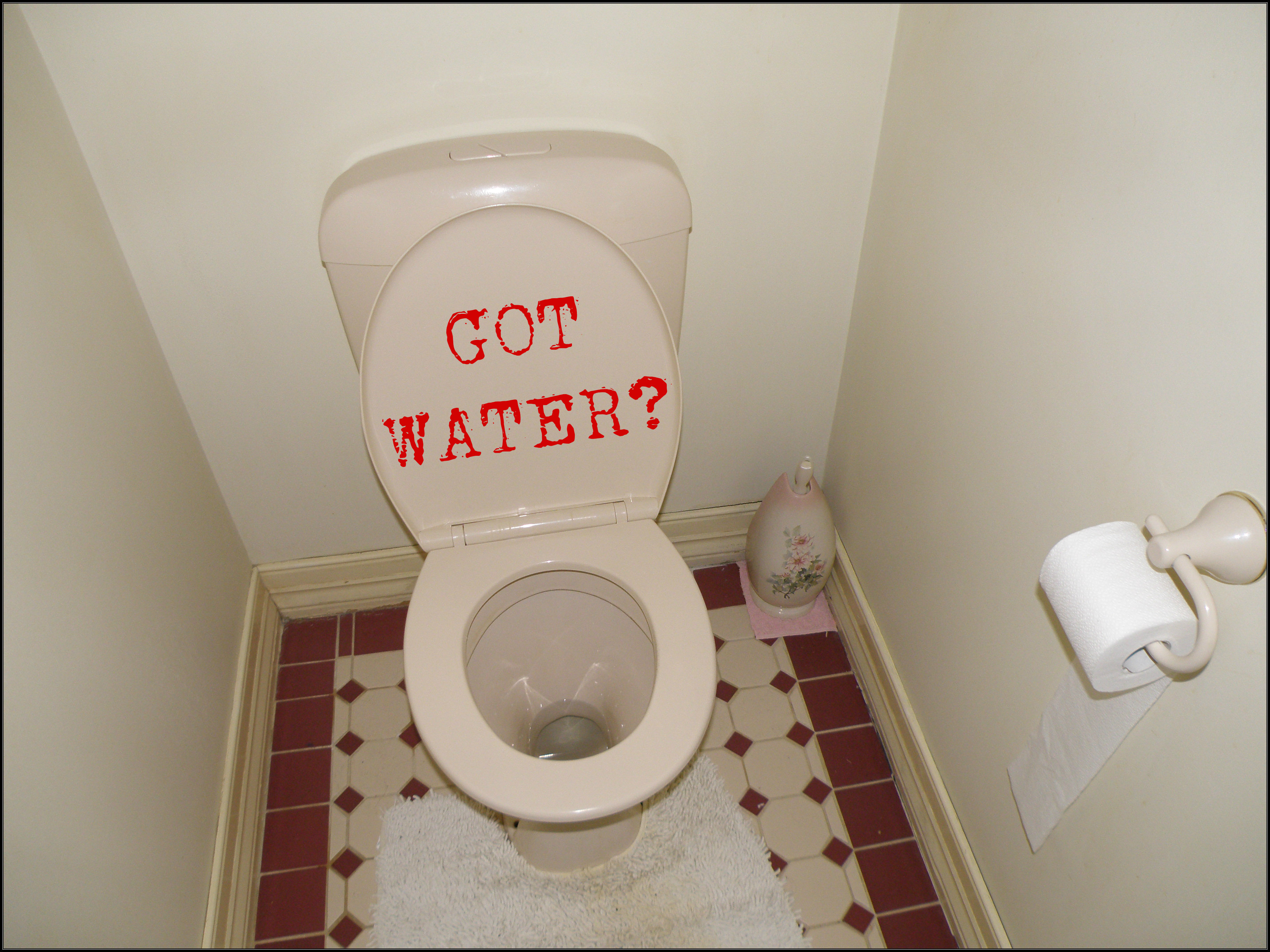
Pipes
Even when the water stops coming in, your pipes can still hold up to several gallons depending on the size of your home.
You will be able to access this water by turning on the lowest spigot in the house and letting the water gravity feed. Once this is gone you can sometimes open an upper spigot as well and that will release any water that may be vapor locked in the system.
If you still run out you can find the water inlet into your home and open it there (you may have to cut the pipe. If you do this turn off the inlet valve first. After this water is gone open the valve and see if any more will trickle in.
Water Heater
Unless you have gone the on demand water heater route your tanked heater will have between 40 and 80 gallons in it. You can access it by opening the drain valve at the bottom of the tank.
Toilet Tank
Most toilet tanks hold around a gallon of water in the back tank. This water is clean as it has not been in contact with the bowl.
Dehumidifier
If you live in a humid climate you may run a dehumidifier to keep humidity levels lower in your home. If it is the catch basin type you may have a supply of water if you haven’t dumped it lately. If you have the type with a drain pipe you can tap into this and see if there is any water.
If you happen to have power but not domestic water a dehumidifier will give you distilled water from the atmosphere.
Humidifier
In the winter many people run a humidifier. These are another source of water in your home. If you have the old style that has a fan the blows through a rotating cloth or mat you should purify the water before drinking since little beasties like to grow in dark wet environments.
Swamp Cooler
If you live in a dry climate you may have a swamp cooler. Many swamp coolers work like a
humidifier that is run in the winter. They may have a reservoir of water.
Canned Foods
Canned vegetables and even tuna (packed in water) have drinkable water in them. Most people just dump it down the drain but in a survival situation this stuff is life. It may be slightly high in sodium depending on what veggies you have but it is better than nothing.
Water Beds
The gallons of water available in a water bed are not good for drinking (but may be used for other things to save your drinking water). This water is treated with all kinds of chemicals to keep algae and bacteria from growing in it.
Roof
If all else fails you can collect rain water from your roof. It is best to filter it since you never know what those birds are doing to your roof while you aren’t looking.
As you can see there are many sources of water in almost every home. If you are smart and conserve what you have available you should be able to get through most disruptions to your domestic services.
If you want to always have a safe and clean supply of water, consider picking up a few WaterBricks. Each brick stores 3.5 gallons of water (or food or ammo!) and they are made to stack easily like Legos. Their easy grip handles also make them easy to grab n’ go in an emergency.
Learn more about the WaterBricks.



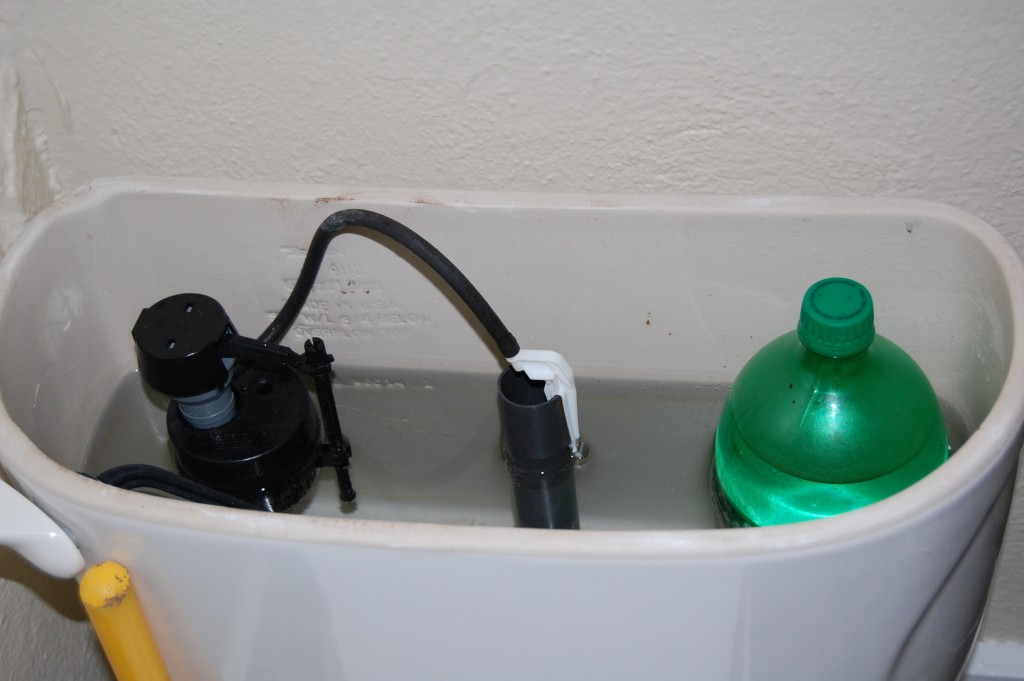
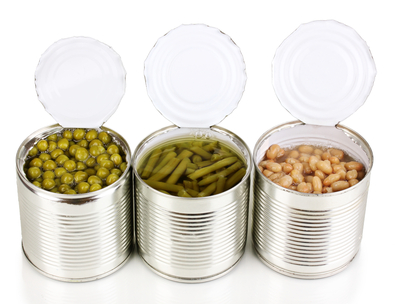
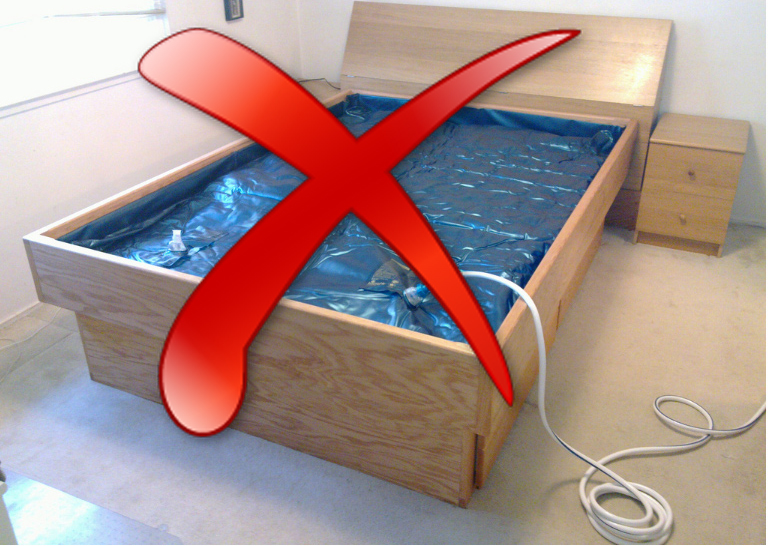
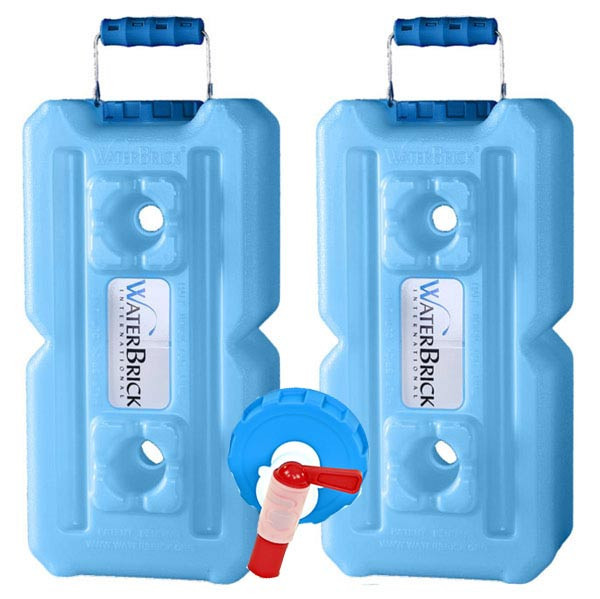
I collect rainwater for use on my garden during dry spells. There are four 300 gallon food grade tanks I have plumbed together so I have at least 1,200 gallons available when they are full. Of course this water would need to be purified for consumption. Plans call for me to add at least one more tank and possibly up to six more as time and money permit.
thank you
You can buy a bathtub liner to fill when you expect utilities to go off, giving you several days of drinking and cooking water.
You can also purify any water in a lake, pond, wetland, drainage ditch with three 5 to 6 gallon food grade buckets.
1 bucket 1/2 full of sand, put in another bucket1/2 full of charcoal, and the 3rd 1/2 full of rocks. Install a spigot in the bottom , add water and drink whatever comes out!
When collecting rain water, be sure to check your state laws! I was floored when I found out that in Washington state, it is illegal to have a rain barrel. But, then, what would you expect from the ultra liberal state that resides on the left coast?! I would bet that any blue state has the same law…and the fine is pretty stiff, thanks to the EPA!